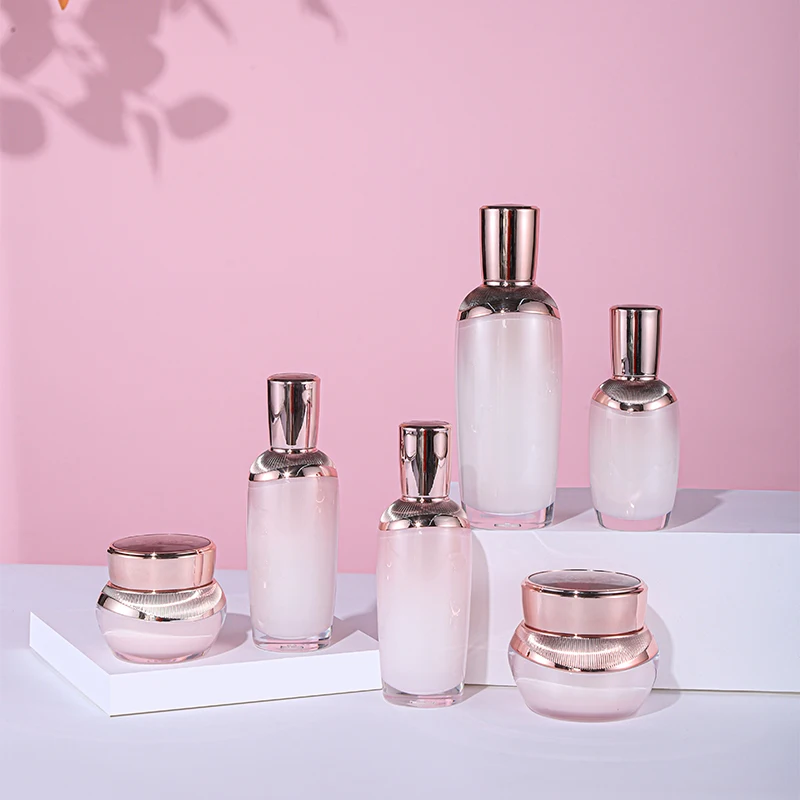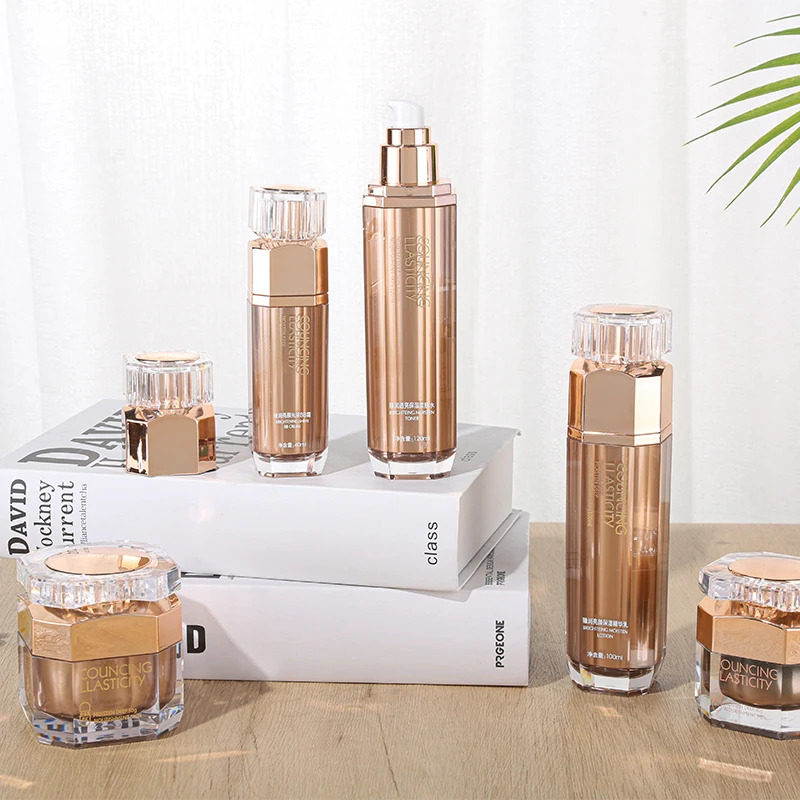What are the manufacturing processes of cosmetic packaging materials?
Cosmetics packaging should highlight the novelty and highlights of commodities and improve their market competitiveness. Because when consumers buy products, they are often attracted by the beauty and color of product packaging. So what processes are needed for the production of cosmetic packaging materials? The manufacturing process of cosmetic packaging is mainly divided into two processes: coloring and printing.

01 Coloring Process
- Anodized aluminum: aluminum outer surface, wrapped in a layer of inner plastic.
- Electroplating (UV): compared with the spray drawing, the effect is bright color.
- Spraying: compared with electroplating, the color is dull.
- Inner bottle external spraying: spraying is carried out on the outside of the inner bottle. There is an obvious gap between the inner bottle and the outer bottle when viewed from the outside. The spraying area is small when viewed from the side
- Spray inside the outer bottle: spray painting is carried out on the inner side of the outer bottle. It looks large in appearance, small in vertical plane, and there is no gap with the inner bottle.
- Wire drawing wrapped in gold and silver: it is actually a film. Careful observation can find the gap on the bottle body.
- Secondary oxidation: secondary oxidation is carried out on the original oxide layer, so that the smooth surface is covered with the pattern of dark and dumb surface or the pattern of smooth surface appears on the dark and dumb surface. It is mostly used for the production of logo.
- Injection molding color: it is to add toner to raw materials during product injection molding. The process is relatively cheap. Bead powder can also be added. Adding too white powder will turn pet transparent color into opaque color.

02 Printing Process
- Silk screen printing: after printing, the effect has obvious concave convex feeling, because it is a layer of ink.
- Regular bottles (cylindrical) of silk screen printing can be printed at one time. Other irregular bottles can be printed at one time. The color is also a one-time cost, which is divided into self drying ink and UV ink.
- Hot stamping: it is a thin layer of the paper hot stamping on it, so there is no concave convex feeling of the silk screen printing.
- Hot stamping is best not directly on PE and PP materials. It needs heat transfer before hot stamping, or good bronzing paper can also be hot stamping directly.
- Water transfer printing: it is an irregular printing process carried out in water. The printed lines are inconsistent and the price is more expensive.
- Heat transfer printing: heat transfer printing is mostly used for products with large quantity and complex printing. It belongs to attaching a layer of film on the surface, which is expensive.
- Offset printing: it is mostly used for aluminum-plastic hose and all plastic hose. If offset printing is color hose, silk screen printing must be used when making white. The background color of offset printing will show through, and sometimes a layer of bright film or sub film will be attached to the surface of hose.
Post time: Dec-30-2021

